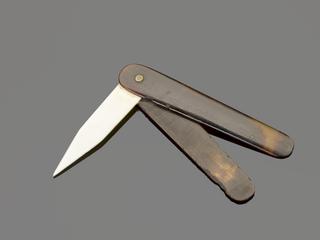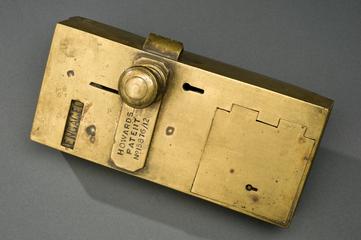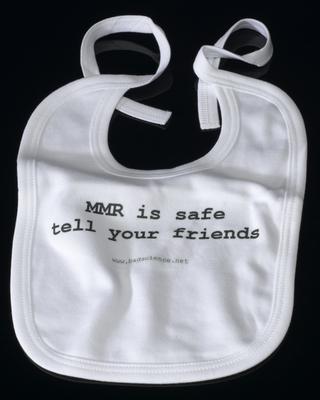
Two Vaccine Cold Chain Monitor Cards and Thermometers
Vaccine Cold Chain Monitor Cards (orange & yellow) with thermometers attached, two of 10, with instructions in English, by Berlinger & Co, Ganterschwil, Switzerland and supplied by the UNICEF Supply Division, Copenhagen, Denmark, 1994. The cards irreversibly change colour if exposed to temperatures above the safe limit, approved by UNICEF, and the World Health Organisation for use in the Expanded Programme on Immunisation.
- Measurements:
-
overall: 3 mm x 118 mm x 150 mm, .01kg
- Materials:
- paper (fibre product) , cardboard , plastic (unidentified) and chemical (unidentified)
- Object Number:
- 1994-146/1
- type:
- thermometer , vaccine and record - document
- Image ©
- The Board of Trustees of the Science Museum














